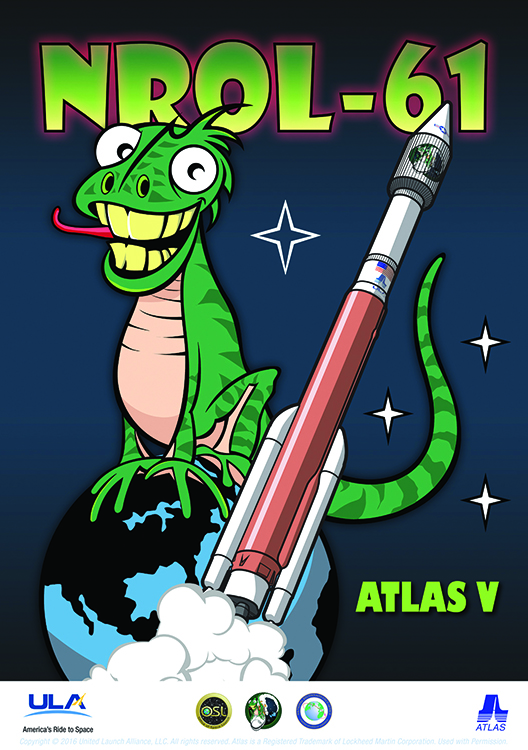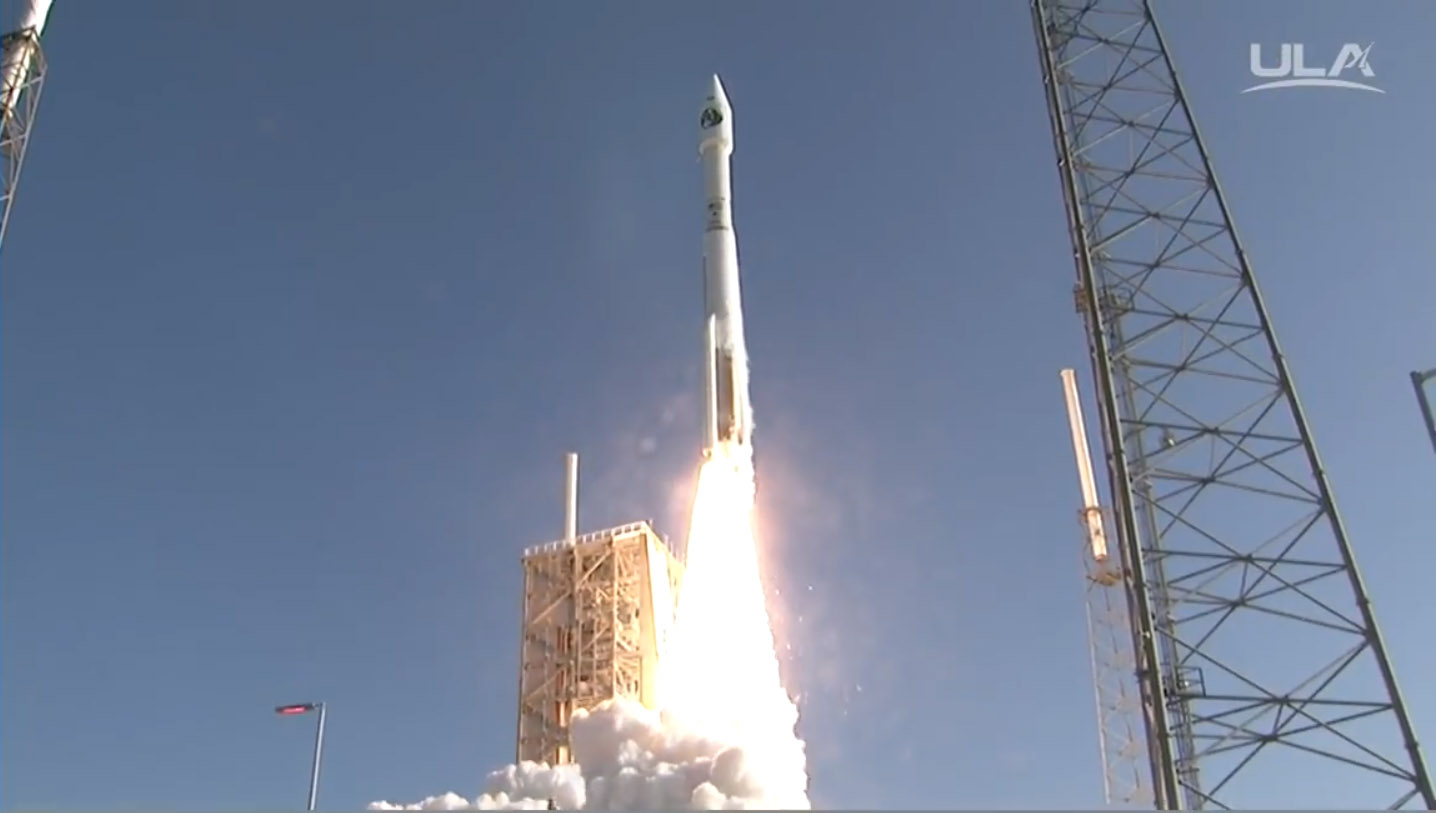New American Spy Satellite Launches on Secret Mission

A new American reconnaissance satellite has made it to orbit to begin the latest secret mission for the U.S. government.
The classified NROL-61 satellite launched into space from Cape Canaveral Air Force Station in Florida this morning (July 28) at 8:37 a.m. EDT (1237 GMT), riding into space atop a two-stage United Launch Alliance (ULA) Atlas V rocket.
NROL-61 will be operated by the National Reconnaissance Office (NRO), the agency in charge of the United States' fleet of spy satellites. NRO payloads are generally classified, and NROL-61 is no exception; no information is available about the satellite's precise activities or final orbit. (ULA's brief mission description states simply that NROL-61 will operate "in support of national defense.") You can see more launch photos from the Atlas V mission in our full image gallery here.
NROL-61 is the third NRO satellite to lift off this year. The NROL-45 mission launched atop a ULA Delta IV rocket in February from Vandenberg Air Force Base in California, and NROL-37 rode a Delta IV Heavy — the most powerful rocket currently in operation — to orbit from Cape Canaveral last month. The NRO chose a cartoon lizard, dubbed Spike, as the mascot for the NROL-launch, with an image of the reptile launching into space on the Atlas V.
Another mission, known as NROL-79, is scheduled to launch atop an Atlas V in December, also from Cape Canaveral.
The Atlas V that blasted off today was the "421" configuration, which features a payload fairing 13 feet (4 meters) wide and two solid rocket boosters (SRBs) attached to the central core booster.
The rocket reached Mach 1 (the speed of sound) 47 seconds after liftoff, and the two SRBs were jettisoned at 2 minutes and 9 seconds post-launch. The first-stage engine cut off at 4 minutes and 10 seconds, when the rocket was traveling at about 12,550 mph (20,200 km/h), according to a ULA mission video.
Breaking space news, the latest updates on rocket launches, skywatching events and more!
Four minutes and 16 seconds into the mission, the two rocket stages separated; the upper stage, known as Centaur, then began firing to take NROL-61 to its final orbit. At the request of the NRO, ULA representatives cut of its live video feed from the Atlas V rocket shortly after the successful launch.
The NRO was established in 1961 — four years after the Soviet Union launched Sputnik 1, the first-ever artificial satellite — and worked in secret until 1992, when its existence was declassified.
Follow Mike Wall on Twitter @michaeldwall and Google+. Follow us @Spacedotcom, Facebook or Google+. Originally published on Space.com.

Michael Wall is a Senior Space Writer with Space.com and joined the team in 2010. He primarily covers exoplanets, spaceflight and military space, but has been known to dabble in the space art beat. His book about the search for alien life, "Out There," was published on Nov. 13, 2018. Before becoming a science writer, Michael worked as a herpetologist and wildlife biologist. He has a Ph.D. in evolutionary biology from the University of Sydney, Australia, a bachelor's degree from the University of Arizona, and a graduate certificate in science writing from the University of California, Santa Cruz. To find out what his latest project is, you can follow Michael on Twitter.


